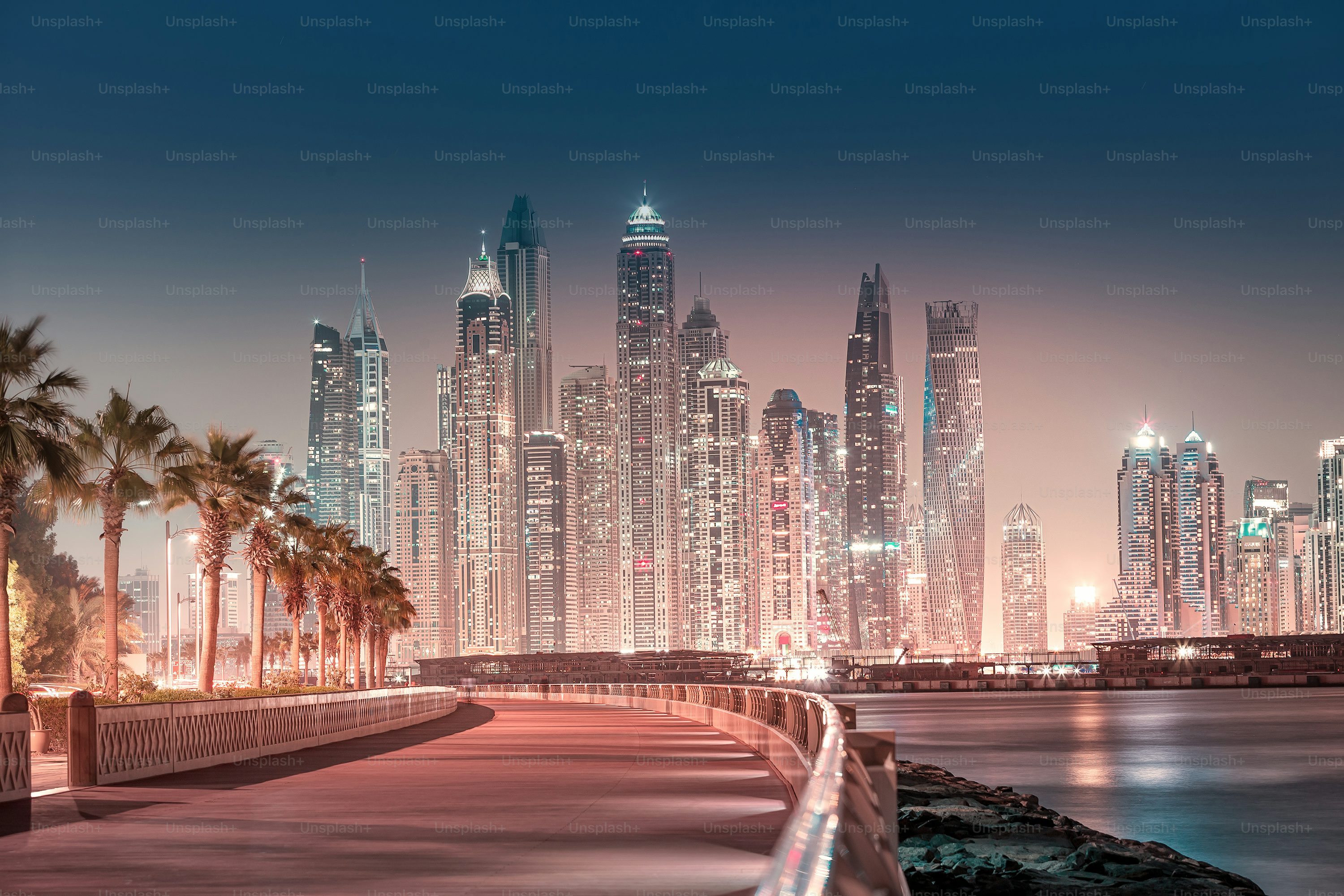نحن هنا لمساعدتك!
اترك رسالة واحصل على إجابة شخصية

لفترة طويلة، كانمفهوم “الحياة الفاخرة” في دبي يعني الأرضيات الرخامية، المطابخ المصممة، والمسابحالكبيرة. اليوم، هذا التعريف يتغير. العافية أصبحت الفخامة الجديدة. المشترونوالمستأجرون لا يسألون فقط عن مظهر الشقة، بل عن شعورهم داخلها.
دبي لطالما باعتأسلوب حياة، لكن هذا الأسلوب يتطور. لم يعد الأمر يتعلق بالمساحات الضخمةوالتشطيبات اللامعة. في 2025، أصبح الناس يسألون:
المطورون لم يعودوايبيعون مجرد منزل، بل أسلوب حياة صحي.
ليس مجرد وضع أجهزةرياضية في الجيم. المشاريع الأفضل تعتمد نظرة شمولية:
الشقق التي تقدممرافق عافية تؤجر أسرع وبأسعار أعلى، وتتميز عند إعادة البيع. مثلما كان وجود مسبحميزة أساسية قبل عقد، اليوم اليوغا أو التأمل هي الميزة.
العافية الحقيقيةتحتاج إلى تصميم وصيانة مستمرة: أنظمة هواء، عزل صوتي، مواد طبيعية، مرافق سباولياقة مدارة جيداً.
الطلب يأتي من السكانأنفسهم. البعض يختار منزله لأنه يشعر بالهدوء بفضل الضوء، أو لأنه يجد التزامهباليوغا أسهل مع استوديو في المبنى. العافية لم تعد عن المكانة، بل عن التوازنوالقدرة على الاستمرار.
العافية في عقاراتدبي ليست موضة عابرة، بل انعكاس لما يريده الناس. المطابخ الكبيرة والرخام ما زالتتبهر، لكن ما يُبقي الناس هو كيف يشعرون يومياً. في 2025، الشقق التي تتميز حقاًهي التي توفر التوازن — مساحة للتنفس والحركة والراحة. ففي مدينة تُبنى على الطموح،أصبحت العافية المقياس الجديد للفخامة.








اترك رسالة واحصل على إجابة شخصية